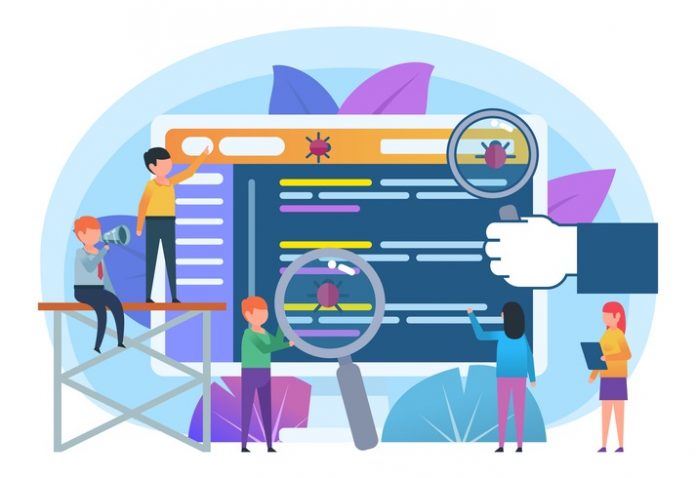
Ten years ago, we took on a strategy to build REST APIs for our products — to build our UI on those APIs and at the same time publish these APIs as *the* product APIs. This "eat-our-dog-food" approach helped solve an API to UI functional gap, yet we had much learning to do to really be what we can call API first. About the same time, we acquired our way into the API Management space.
We recognized the emergence of API Management and API Gateways to help customers lead in digital, and it was a natural next step as we serve the variety of edge-of-the-enterprise use cases. And wow! This opened us to the amazing world of developer communities consuming APIs and building brilliant experiences. We have invested heavily in the API Management space. Now, with an API-led integration platform, we are further extending API Management.



 API
API